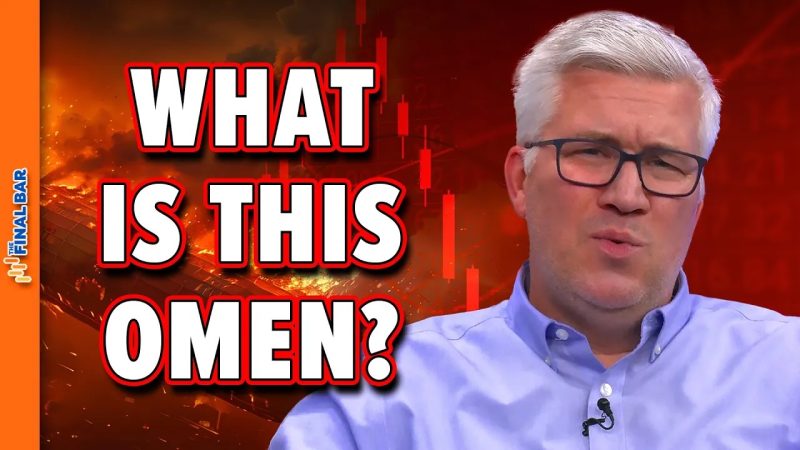
Unveiling the Hindenburg Omen: Facts, Impact, and Longevity
The Hindenburg Omen: Debunking Myths and Understanding Effects
Understanding financial markets and predicting trends is as complex as it is essential for investors looking to make informed decisions. Among the various indicators and signals used to forecast market movements, one particularly ominous-sounding term that often raises eyebrows among investors is the Hindenburg Omen. This article aims to delve into the truth behind the Hindenburg Omen, its effects, and the duration of these effects.
The Hindenburg Omen is a technical analysis pattern that some traders believe signals a heightened probability of a stock market crash. The ominous name comes from the disastrous explosion of the German airship Hindenburg in 1937, with the idea being that when certain conditions align in the market, a similarly catastrophic event – in this case, a crash – may be on the horizon.
However, it is crucial to approach the Hindenburg Omen with a skeptical eye. While some traders swear by its predictive power, others dismiss it as a mere coincidental pattern with no real forecasting ability. One of the key criticisms of the Hindenburg Omen is its reliance on multiple criteria being met simultaneously, which can lead to false positives and unnecessary anxiety among investors.
Proponents of the Hindenburg Omen argue that when these criteria align, it signals a market environment rife with uncertainty and volatility, making a downturn more likely. The criteria typically include a high number of stocks hitting 52-week highs and lows, as well as market breadth indicators that reflect a lack of consensus among investors.
Despite the debate surrounding the Hindenburg Omen, it is essential to understand that no single indicator can accurately predict market movements with certainty. The market is influenced by a myriad of factors, ranging from economic data to geopolitical events, making it inherently unpredictable.
Furthermore, the duration of any potential effects indicated by the Hindenburg Omen is equally uncertain. While some believe that a Hindenburg Omen sighting signals an imminent crash, others argue that it may merely indicate a period of increased volatility and uncertainty in the market.
Ultimately, it is essential for investors to approach indicators like the Hindenburg Omen with caution and to consider them as one of many tools in the arsenal of financial analysis. Relying solely on a single indicator, especially one as controversial as the Hindenburg Omen, can lead to hasty decisions and missed opportunities in the market.
In conclusion, while the Hindenburg Omen may capture attention with its ominous name and purported predictive power, investors should approach it with a healthy dose of skepticism. Understanding its limitations, potential effects, and duration can help investors make more informed decisions and navigate the complex landscape of financial markets with greater confidence.
